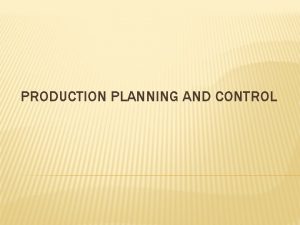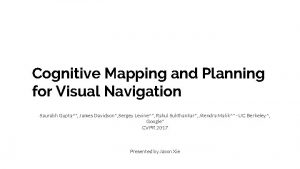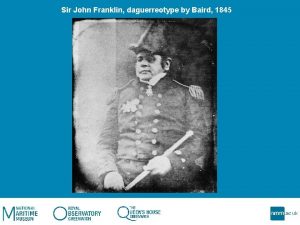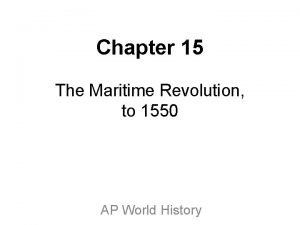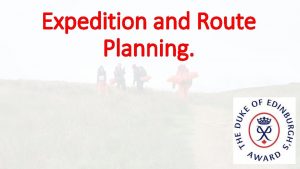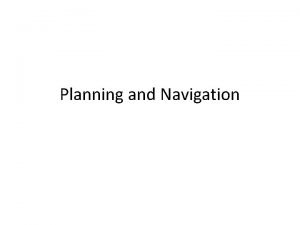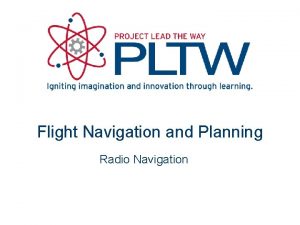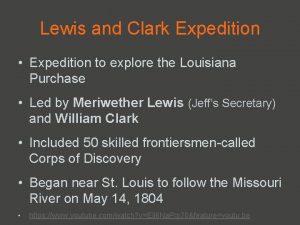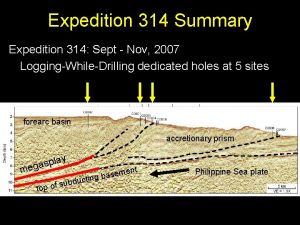Expedition and Route Planning Route Planning and Navigation









- Slides: 9

Expedition and Route Planning.

Route Planning and Navigation. • For the assessment, groups should choose the purpose before planning the route. • It is no good doing a route then deciding to have churches as a purpose and finding that the route doesn't pass any. • It takes around 4 hours to complete a day's route and route card. • If there is not enough time in the programme, groups may have to work on the route at home if there is shortage of time. • Walking along roads is to be avoided wherever possible. • Try to keep to PUBLIC footpaths. (green on 1: 25, 000) • There may be checkpoints included by your assessor on your route. • These could take the form of a meeting point or a 'dead drop' where a message is left. • These should be shown on the route card.

Route Planning and Navigation. • Plan routes carefully. • There should be no unnecessary up and downs. • The minimum distance must be reached, check the distance carefully. • If the route is too short, start again. • It looks very sloppy to see a dog-leg or a big loop to make up distance.

Route Cards. • A route card is a comprehensive description of the route that groups will take on successive days. • From it you (or anyone) can tell the starting and finishing points, distances covered, heights climbed, times taken as well as a description of features passed on route.

A route card has a number of purposes: • It allows the group: • To envisage the route to be taken before the actual expedition. • Distance to be walked and height climbed, and prepare for it. • Quick reference guide during the expedition, telling them if they are on time. • What features they should be passing and what they can expect from different sections of the route etc.

Importantly it allows the supervisors: • To know if the groups are covering the correct distances in a sensible amount of time. • To know where the group should be at all times and to be able to meet them at the checkpoints. • To know if a group is late and take the appropriate actions. • It provides evidence of your thinking in case of an emergency.

Route Planning and Navigation. • At Bronze level, each line of the route card should be a description of the route between successive checkpoints.

How to complete a route card. • The basic information should be sufficiently detailed so that it is possible to walk without a map should the map become damaged by rain or lost en route. • It will contain a 6 figure grid reference as a start and then a description of the journey to another 6 figure reference. • This journey is to be broken down into direction, height gained or lost, description, estimated time. • In school we have available a version in Excel which can be downloaded from the school intranet. • The advantages of using Excel are that it makes it clear to read and times, distances etc. all add up automatically.

Route Planning and Navigation. • The reverse of the route card needs to contain details of the weather, equipment, team names and agreed emergency numbers. • Three copies are needed. • One for you to take. • One for the leader team. • One for the assessor.
